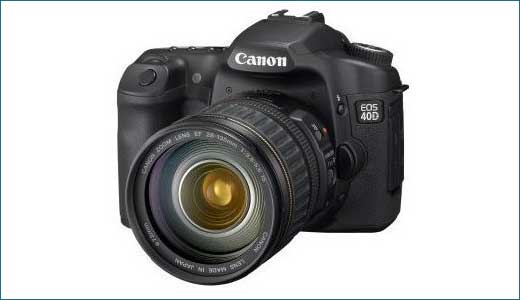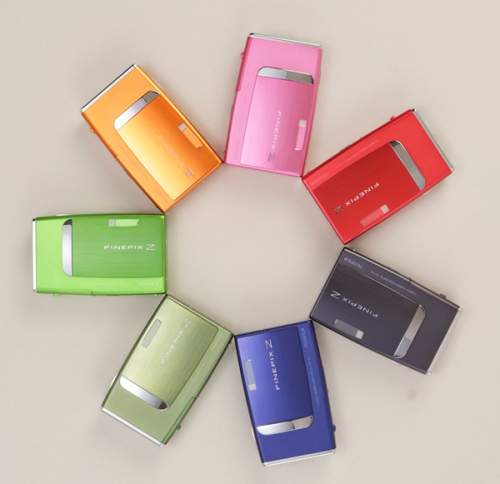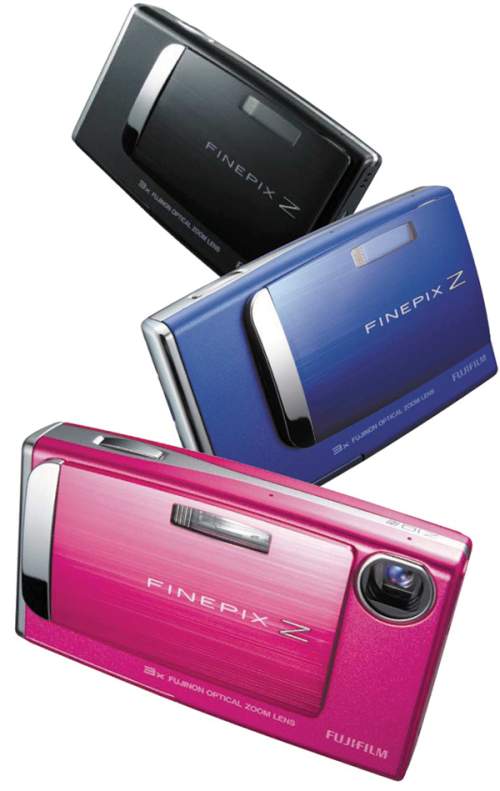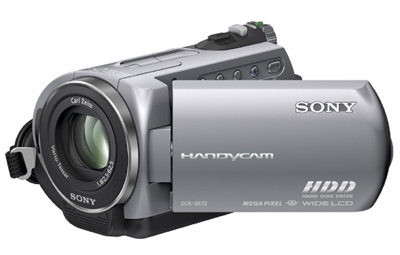The good: Attractive design; decent photos shot at high ISO sensitivity levels.
The bad: Flat, hard-to-feel buttons; lens too close to camera edge; doesn't zoom or refocus in movie mode.
The bottom line: It's thin, pretty, and reasonably fast, but exposure problems make the Fujifilm Z5fd hard to recommend to its budget snapshooter audience.
With the exception of its admittedly sleek-looking design, there's not a lot to differentiate the ultracompact Fujifilm Z5fd from a crowded field of budget competitors. Granted, it does come in an eye-melting raspberry red and a sophisticated mocha brown in addition to basic silver.
Like most, the 6-megapixel Z5fd offers a 3x zoom lens with a typically narrow f/3.5-4.2 36mm-108mm-equivalent lens. The 5-ounce camera's dimensions are 2.2 inches high by 3.6 inches wide by 0.8 inch deep, which makes it comfortable to stick in your pocket, but not quite as comfortable to shoot with. For instance, because of the combination of the camera's thin profile and the position of the lens so close to the edge, my finger frequently crept into the frame (only once did it actually end up in the photo, though).
The Z5fd's thin profile demands small controls, and the still/video switch can be especially hard to feel. Fujifilm dedicates a button to Face Detection.
Those three white ovals are actually rubberized spots that do help quite a bit when gripping the camera. The rest of the buttons, though a good size, are a bit too flat for comfort.
The Z5fd's most novel feature is the Trimming for Blog tool, which, in addition to the age-old ability to crop a photo to 640x480, allows you to download the photos to a compatible device via IrSimple. I'm not sure how popular this is in Asia, but as far as I can tell not a lot of phones in the U.S. support it. So as of now, all you can really do is bounce the photos back and forth among select Fujifilm cameras.
Calling out the face detection with a dedicated button (and, of course, the "fd" in the model name) certainly makes it easier to find and use, but I'm still on the fence about how useful it is. It can locate more than one face in a scene but must choose a single face to take priority--usually the one closest to the center of the frame. The algorithm needs to be able to resolve two eyes, which seems to mean a horizontal angle of about 25 or 30 degrees off face front; it seems to have more tolerance vertically. A face must be within roughly 20 feet, and beyond that it starts to struggle. It's not fast enough to keep up with changing positions, and you frequently end up shooting in between face-focus locks (at which point it acts like normal focus).
Another Fujifilm staple is the Natural Light and Flash scene mode, which shoots two consecutive shots, one at a high ISO setting without flash, and one at a lower ISO setting with flash. You can then choose which look you prefer. The rest of the scene modes are pretty standard: Natural Light (high ISO), Portrait, Landscape, Sport, Night, Fireworks, Sunset, Snow, Beach, Museum, Party, Flower (macro), and Text. A Picture Stabilization mode merely uses high ISO settings to enable faster shutter speeds. In macro mode the camera can focus as close as about 3.1 inches.
That's about it. The Z5fd completely lacks any manual controls. No shutter- or aperture-priority exposure, no metering choices--not even manual white balance.
Though the 2.5-inch LCD tends to blow out in bright sunlight, it otherwise works very well. Plus, the Z5fd offers the option of driving the display at 30fps, 60fps, or in a standard power save mode. Though denoted by frame rates, the 60fps does make the screen look slightly higher resolution than the other modes. As you'd guess, it draws more power, as well.
The Z5fd's performance falls on the high side of average for its class; in other words, it doesn't set any records, but it's got little to be ashamed about. It's up and shooting within 1.6 seconds, and imposes a reasonable 0.5-second shutter delay under typical bright shooting conditions. In less-than-optimal light, that increases to about 1.1 seconds, good for its type. Unsurprisingly, it follows that it has a very good typical shot-to-shot time of 1.7 seconds. With flash enabled, that time rises to about 2.6 seconds.
Burst shooting represents the Z5fd's weakest performance aspect; maxing out at 0.7fps, it's not very useful. Fujifilm supplies 2.2fps Top 3 and Final 3 burst modes to help compensate: Top 3 simply bursts for three shots while Final 3 shoots up to 40 frames, saving only the last three.
Though its photos can be pretty good, the Z5fd performs inconsistently. On one hand, I see no lens distortion or focus problems, nary a compression artifact and only the occasional case of purple fringing. Photos look relatively sharp and white balance reasonably neutral. If you want that typical vivid snapshot appearance, you'll have to switch into Chrome (as in slide film) color mode, because the standard mode looks a little flat relative to most point-and-shoot models.
Producing consistently correct exposures is the Z5fd's biggest issue. Though not uncommon among budget cameras, poor exposure of backlit subjects is unnecessary; all the manufacturer has to do is link spot metering to the center-point focus setting, an option which many of them, including the Z5fd, provide. It doesn't need to be user selectable. Using fill flash is a poor substitute, especially given the Z5fd's limited range of up to 11.5 feet (wide angle, auto ISO). The Z5fd also has problems with any unevenly lit scene, something that can't be solved by increasing the ISO sensitivity setting.
Furthermore, the Z5fd doesn't fare very well shooting movies. They look okay played at actual size (640x480); they should, given the M-JPEG AVI file's somewhat piggy megabyte per minute of storage. But the camera can't optically zoom during capture, and doesn't even refocus if you pan across a scene.
All of which adds up to a pretty typical, not particularly notable addition to the budget-camera pantheon. The Fujifilm FinePix Z5fd probably ranks as one of the smaller, cuter budget models, but it's ultimately your call as to whether the marginally slimmer build makes up for the missing features and inconsistent photo quality. I don't think it does.
Read the Full Review...


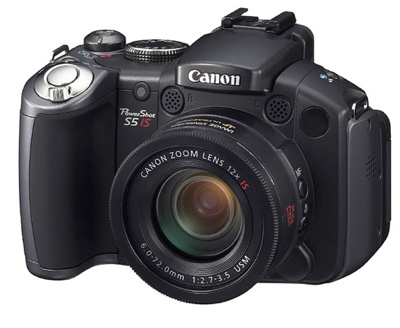












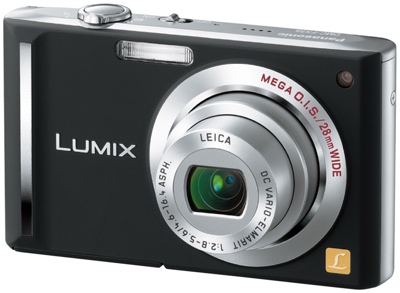

 Get your child started early on his hobby with the
Get your child started early on his hobby with the 





